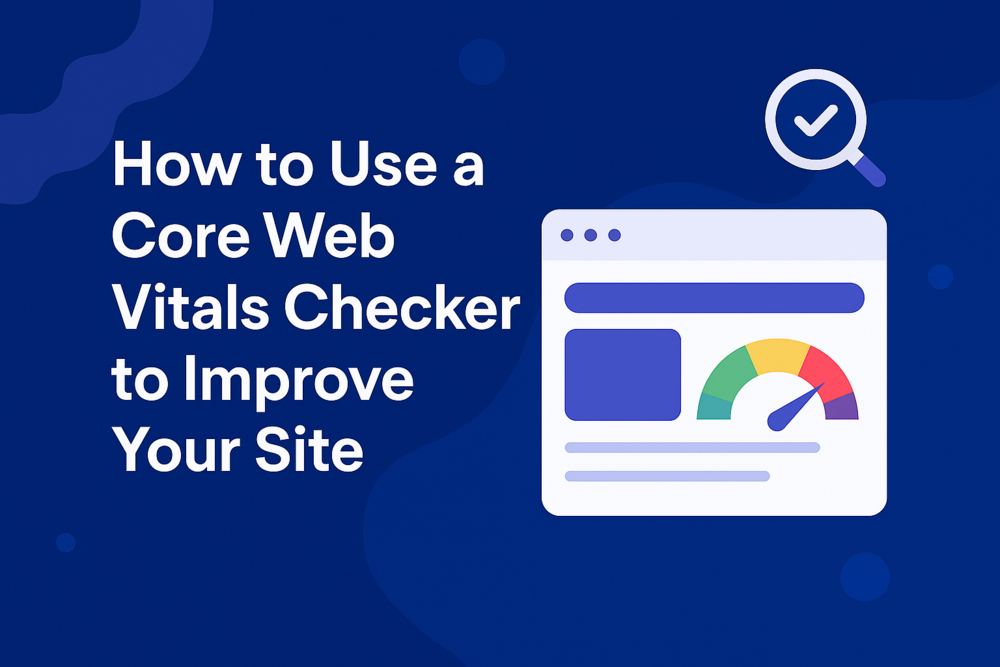In the rapidly changing setting of digital marketing, social media hashtags have acquired deep significance beyond being just trends ever fashionable. These can help amplify the low-downs, fostering engagement and classifying content in a way that becomes equally appealing to an algorithm and an end user. But what really is the anatomy of a good hashtag? What makes them perform well in the existing scenario? Let’s get it down to business.
What Are Social Media Hashtags?
A hashtag is essentially a word or phrase preceded by the # symbol and used on various social media platforms as tags for their categorization. Originating on Twitter, hashtags have become a major part of discoverability on Instagram, LinkedIn, TikTok, Facebook, even YouTube. The likes of #ThrowbackThursday and #DigitalMarketingTips are hashtagged to give their contents a front-row view in front of their targeted audiences.
Psychology Behind Hashtag Usage
There are two main psychological factors that make hashtags an effective tool: they appeal to community and categorization.
Community: People feel a sense of belonging while uploading their info-tidbits with any popular or unpopular hashtag, forming an invisible tribe around common interests.
Categorization: Like your PC folders, hashtags categorize social media content, which then makes it easy for users to find relevant posts.
Human beings naturally tend toward pattern and structure; this is exactly what hashtags bring into the chaotic river of social content.
How Social Media Algorithms Interpret Hashtags
Having the knowledge of how social media algorithms use hashtags will allow you some leverage in using them against the system.
Instagram: Hashtags, therefore, increase the window for views in the Explore page. The best way to be discovered is to use random hashtags-very popular ones, for instance, and very niche ones.
LinkedIn: On the grounds of trending hashtags within their industry, the platform recommends content to the users.
Twitter (X): Viral trends are created by trending hashtags. Popular hashtags used in tweets are given preference in searches and trends.
TikTok: Hashtags assist in discovering the right audience. Trending tags such as #foryou, #viral etc., are usually chosen to greet a higher audience.
In short, hashtags tell the algorithm what the content is about and its relevance so that it connects the right eyes with your post.
Best practices for using social media hashtags
Best practices to really take full advantage of social media hashtags are as follows:
1. Use a Balanced Mix
Combine:
Branded hashtags: e.g., #NikeRunClub
Trending hashtags: e.g., #WorldCup2025
Niche-specific hashtags: e.g., #FitnessForMoms
Community hashtags: e.g., #WritersOfInstagram
This mix increases both reach and relevance.
2. Set a Limit on the Number of Hashtags
Different options come with different limits:
Instagram, it is 30, yet 8-12 properly researched ones work best.
Twitter, it is 1 or 2, depending on the limit of characters.
LinkedIn, I suggest 3 to 5.
Many hashtags make a post appear spammy, which turns people away.
3. Do Your Research First
To diminish the reach, put generic or banned hashtags. An overhaul every time on a hashtag’s usage history and present status is beneficial. Now to assess a hashtag trend a third-party tool can be used. These include Hashtagify and RiteTag, and also, there are search options on the platform itself.
4. Consistent Use of Branded Hashtags
One hashtag is to be kept for a campaign or brand and, further, to be used across all posts. This helps create a unified experience and aids in tracking.
Data-Driven Insights on Hashtag Performance
Let’s look at some numbers:
Posts with at least one hashtag on Instagram see 12.6% more engagement than those without.
Whereas, Tweets with hashtags are 55% more likely to be retweeted.
TikTok viral videos with trending hashtags can enjoy 3x more reach.
The stats only go on to highlight that social media hashtags are not mere cosmetics-they directly drive visibility and engagement.
Case Study: How a Fitness Brand Leveraged Hashtags
Medium-sized general fitness apparel brand initiated a social campaign with the hashtag #TrainWithGrit. They coupled the branded tag with trending tags such as #HomeWorkout and #FitnessChallenge and saw:
65 percent rise in Instagram followers
Three-time engagement per post
28 percent rise in visits to product page from social media
The whole thing worked because of smart hashtag strategy, influencer outreach, and content focused on the audience.
The Future of Hashtags: AI and Personalization
Hashtags will change with the platforms. Expect suggestions from AI, hyper-personalized tag recommendations, and automated tracking of hashtag performance.
Currently, the platforms are in the process of experimenting with AI-generated hashtags from video content (TikTok) or caption analysis (Instagram). As their algorithms get smarter, the semantic relevance will become an important factor-which makes it imperative for your hashtags to be semantically relevant to the actual content.
Conclusion
Understanding social media hashtags is an entire science in itself, which involves studying user behavior, the logic of algorithms, and trends on the platform itself. Properly used, hashtags are probably the most cheap marketing option available for digital marketers.
For both individual creators and brands, understanding the logic behind hashtags should constitute a tool set applied to multiplying the reach and relevance of one’s content. So, when designing a hashtag for the next time, I hope that you never again look at it just as a fad but rather as something that sends out a signal to the people and to the platform alike.



